Home>Storage Ideas>Living Room Storage>White Living Room Ideas: 16 Designs For A Simple Scheme
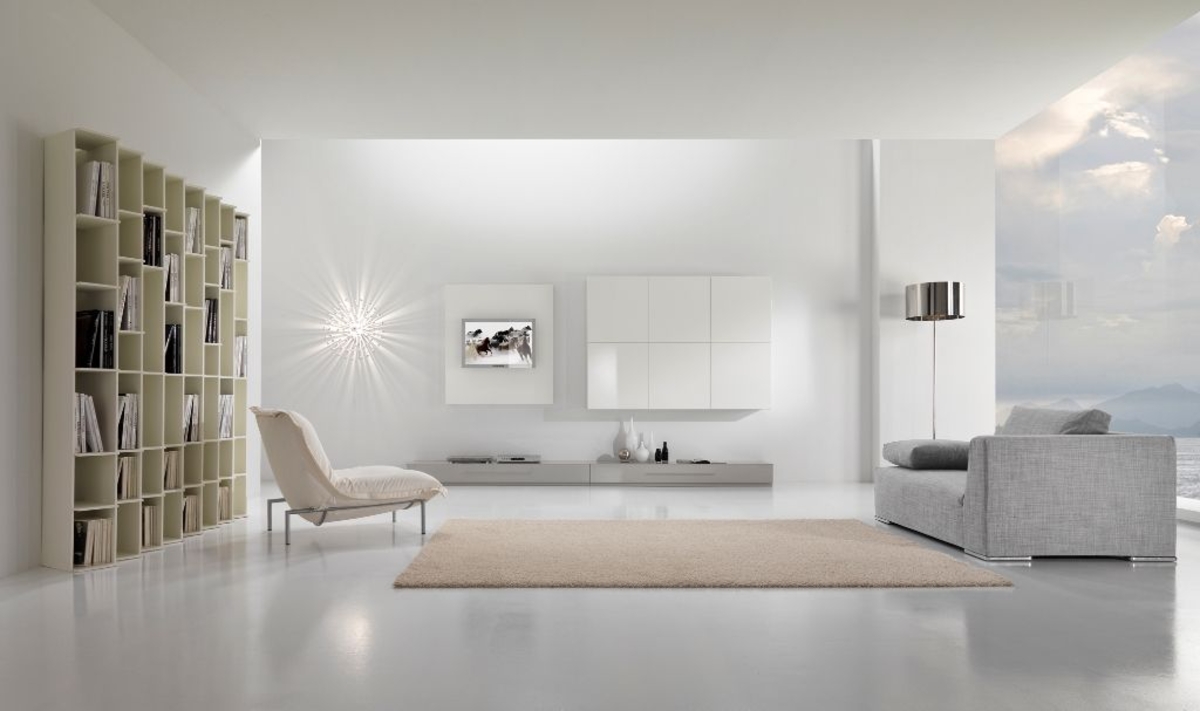

Living Room Storage
White Living Room Ideas: 16 Designs For A Simple Scheme
Modified: August 28, 2024
Looking for white living room ideas? Check out these 16 designs for a simple scheme that includes ample living room storage.
(Many of the links in this article redirect to a specific reviewed product. Your purchase of these products through affiliate links helps to generate commission for Storables.com, at no extra cost. Learn more)
Introduction
In today’s busy world, having a serene and calming living room can make a world of difference. And what better way to achieve that peaceful ambience than by opting for a white color scheme? White living rooms are not only timeless, but they also provide a blank canvas for you to showcase your style and creativity. Whether you prefer a modern minimalist look or a cozy traditional design, a white living room can elevate the overall aesthetic of your space.
But creating a beautiful white living room goes beyond just painting your walls white. It involves careful design choices, thoughtful furniture selection, and clever storage solutions. In this article, we will explore 16 design ideas to help you achieve a simple and stylish white living room scheme.
From choosing the right color palette to incorporating natural elements and implementing smart storage solutions, each of these ideas will transform your living room into a haven of tranquility. So, let’s dive in and discover how to create the perfect white living room.
Key Takeaways:
- Create a serene white living room by blending different shades of white, incorporating natural elements, and utilizing smart storage solutions. Experiment with textures, pops of color, and artwork to personalize your space.
- Enhance your white living room with mirrors, lighting, and plants to add depth and visual interest. Embrace minimalism, play with scale and proportion, and choose the right flooring to create a harmonious and inviting environment.
Choosing the Right Color Palette
When it comes to designing a white living room, selecting the right color palette is crucial. While white will be the predominant color, incorporating complementary shades can add depth and visual interest to the space.
Consider opting for a monochromatic color scheme, using different shades of white, such as creamy off-white or cool ice-white. This variation in tones will create a subtle contrast and prevent the room from feeling sterile. You can also introduce a hint of color by choosing accent pieces in muted pastels or earthy tones like pale blues, soft pinks, or light grays.
Another option is to use contrasting colors to make certain elements pop. For example, you can add black details like picture frames or curtain rods to create a dramatic contrast against the white background. Alternatively, a touch of metallics such as gold or silver can bring a touch of glamour to the room.
Remember to consider the natural light in the room when choosing your color palette. Rooms with plenty of natural light can handle brighter shades of white, while rooms with less natural light may benefit from warmer white tones to create a cozy atmosphere.
Overall, the goal is to create a harmonious color scheme that complements the white backdrop and suits your personal style and preferences. Feel free to experiment with different shades and combinations until you find the perfect balance.
Incorporating Natural Elements
To enhance the tranquility and organic feel of your white living room, it’s essential to incorporate natural elements. This can be achieved through the use of materials, textures, and patterns that bring a sense of the outdoors inside.
Start by incorporating natural materials such as wood, stone, or rattan into your furniture pieces. Opt for a wooden coffee table or side tables that add warmth and character to the space. You can also introduce stone accents through a fireplace surround or stone-clad walls.
When it comes to textures, consider using natural fabrics like linen or cotton for your curtains, throw pillows, and upholstery. These materials not only add visual interest but also provide a tactile experience, making the space inviting and cozy.
Additionally, consider adding greenery to your white living room. Indoor plants not only bring a touch of nature but also help purify the air and create a refreshing atmosphere. Choose a mix of large potted plants and smaller succulents or hanging plants to add layers of green throughout the room.
To enhance the natural ambiance, strategically place elements of nature-inspired decor. Consider incorporating seashells, driftwood, or pebbles as decorative accents. You can also hang nature-inspired artwork or photographs depicting landscapes or botanical prints to further enhance the connection to the outdoors.
By incorporating natural elements, you create a sense of harmony and connection to nature within your white living room. This brings a refreshing and calming atmosphere to the space, making it an inviting retreat.
Selecting Furniture and Accessories
When it comes to selecting furniture and accessories for your white living room, it’s important to strike a balance between functionality and aesthetics. Choose pieces that not only fit your style but also provide comfort and usability.
Start by selecting a sofa that acts as the centerpiece of the room. Opt for a white or neutral-toned sofa that complements the overall color scheme. Consider the size and shape of the room and choose a sofa that fits well without overwhelming the space. Upholstery in durable fabrics like linen or microfiber can also ensure longevity and easy maintenance.
Along with a sofa, add chairs and accent seating to create conversation areas and additional seating options. Choose chairs in complementary colors or upholstered in patterned fabrics to add visual interest. Accent chairs can also serve as statement pieces, so don’t be afraid to choose a bold color or unique design.
When it comes to accessories, opt for items that enhance the white living room aesthetic. Decorative pillows in various textures and patterns can add pops of color and comfort to the seating areas. Select area rugs that complement the color scheme and provide warmth and softness underfoot.
Consider incorporating a coffee table that complements the style of the room. From a minimalist glass-top table to a rustic wooden trunk, choose a piece that suits your taste. Ensure the coffee table is proportionate to the seating arrangement and leaves enough space for movement around it.
For storage and organization, select furniture pieces that blend seamlessly with the white living room design. Consider built-in shelves, wall-mounted cabinets, or a media console that provides ample storage for electronics and media equipment. Utilize baskets or decorative boxes for stylish storage solutions.
Lastly, don’t forget to incorporate personal touches and accessories that reflect your style and interests. Artwork, sculptures, books, and trinkets can all add character and create a cozy atmosphere in your white living room. Choose pieces that resonate with you and spark joy.
Overall, selecting furniture and accessories that complement your white living room will create a cohesive and inviting space. Focus on comfort, functionality, and personal style to bring your vision to life.
Utilizing Textures and Patterns
While a white color palette may seem simple, incorporating textures and patterns can add depth and visual interest to your living room. By carefully selecting a variety of textures and patterns, you can create a dynamic and engaging space.
Start by selecting furniture with different textures. Consider a plush velvet sofa, a woven rattan chair, or a leather ottoman. Mixing textures adds dimension to the room and creates a captivating visual contrast against the white backdrop.
Incorporating patterned accents can also bring life to your white living room. Consider adding patterned throw pillows, a geometric area rug, or patterned curtains. Stripes, chevron, floral, or abstract patterns can all inject personality and energy into the space.
Remember to balance the use of textures and patterns. If you have a bold patterned rug, opt for more subtle textures in your furniture upholstery. If you have textured furniture pieces, choose solid-colored accessories to prevent visual overload.
Another way to utilize textures is through the use of wall treatments. Consider installing a textured wallpaper or a feature wall with shiplap or beadboard. These wall treatments add visual interest and create a focal point in the room.
Additionally, don’t forget about the textiles in your living room. Layering different fabrics and materials can create a cozy and inviting atmosphere. Consider adding a soft throw blanket, a faux fur rug, or knit accent pillows. These textiles not only add warmth but also create a tactile experience.
When utilizing textures and patterns, remember to maintain a cohesive look. Stick to a consistent color scheme, and choose patterns and textures that complement each other. Aim for a harmonious blend that adds visual interest without overwhelming the space.
By incorporating a variety of textures and patterns, you can transform your white living room into a visually captivating and inviting space.
Layering Lighting
Proper lighting is essential in creating the right ambiance in your white living room. By layering different types of lighting, you can enhance the mood, highlight specific areas, and add depth to the space.
Start with ambient lighting, which provides overall illumination for the room. This can be achieved through ceiling-mounted fixtures, such as recessed lights or a central chandelier. Opt for fixtures with dimmable options to control the level of brightness and create a cozy atmosphere when desired.
Next, incorporate task lighting to provide focused light for specific activities. Add table lamps on end tables or a floor lamp near reading nooks for directed light. These light sources are not only functional but also add a decorative element to the room.
Accent lighting is another layer that can highlight architectural features, artwork, or decorative objects in your white living room. Use wall-mounted sconces, picture lights, or track lighting to draw attention to these elements and create visual interest.
Incorporating natural light is equally important. If you have windows in your living room, ensure that natural light can flow into the space freely. Choose window treatments like sheer curtains or blinds that can be adjusted to control the amount of light entering the room.
Consider using light fixtures with white or neutral shades to blend seamlessly with the white color scheme. This allows the lighting itself to become a part of the overall design rather than a distracting element.
Finally, don’t forget about the importance of layering lighting controls. Install dimmer switches for your overhead lights to adjust the brightness level. Use lamps with individual switches or incorporate smart lighting solutions that allow you to control the lights with your smartphone or a voice assistant.
By layering lighting in your white living room, you can create a versatile and inviting space that adapts to different moods and activities. A combination of ambient, task, accent, and natural lighting will ensure that your living room feels comfortable and well-lit at all times.
Creating a Focal Point
A focal point is a key element in any well-designed living room, and it helps to anchor the space and draw attention. In a white living room, creating a focal point is essential to add visual interest and prevent the room from feeling monotonous.
There are several ways to create a focal point in your white living room. One approach is to choose a standout piece of furniture, such as a statement sofa or a unique coffee table. Opt for a bold color or an interesting design to make it the center of attention.
If you prefer a more subtle focal point, consider an accent wall. Paint one wall in a contrasting color or use wallpaper with a vibrant pattern or texture. This wall will catch the eye and become a focal point in the room.
Artwork or a gallery wall can also serve as a focal point. Choose large-scale art pieces or a collection of smaller artworks to create an eye-catching display. Select pieces that complement the color palette of your white living room and reflect your personal style.
Another way to create a focal point is to highlight a specific architectural feature, such as a fireplace or a large window with a scenic view. Arrange furniture around this feature to emphasize its importance and make it the main focus of the room.
Lighting fixtures can also act as a focal point. Install a stunning chandelier or a unique pendant light that commands attention. This not only adds visual interest but also enhances the overall ambiance of the space.
Remember, a focal point should be the star of the room but not overpower the rest of the design. It should harmonize with the overall aesthetic and contribute to the cohesive look of your white living room.
By creating a focal point, you can add personality and visual intrigue to your white living room, making it a captivating and inviting space for both residents and guests.
Adding Pops of Color
While white is the primary color in your living room, adding pops of color can bring life and vibrancy to the space. By strategically incorporating vivid hues, you can create a visually appealing and dynamic environment.
Start by selecting a color palette that complements your white living room. Consider shades that evoke a specific mood or reflect your personal style. Whether you opt for bold and bright colors or subtle pastels, choose hues that resonate with you.
One way to add pops of color is through accessories such as throw pillows, blankets, and curtains. Choose cushions in vibrant patterns or solid colors that contrast with the white backdrop. The same goes for curtains—select a color that adds depth and visual interest to the room.
Additionally, consider incorporating colorful artwork or wall decor. Hang paintings, prints, or photographs that feature bold colors. These pieces can act as focal points and inject energy into the white living room.
Another effective method for adding pops of color is through furniture. Choose a vibrant accent chair or a brightly colored side table to serve as a statement piece. These items not only provide functionality but also become eye-catching additions to the room.
Plants and flowers can also introduce pops of color into your living room. Select green plants with colorful flowers or opt for vibrant pots and planters. The natural elements not only add visual interest but also bring a refreshing touch of nature indoors.
When adding pops of color, be mindful of balance. A few well-placed colorful accents can make a statement without overpowering the white backdrop. Aim for a cohesive look by choosing colors that complement each other and tie the room together.
By incorporating pops of color, you can transform your white living room into a lively and visually captivating space. The carefully selected hues will infuse energy and personality, creating an environment that is both inviting and engaging.
Implementing Smart Storage Solutions
In a white living room, it’s crucial to have effective storage solutions to keep the space organized and clutter-free. Implementing smart storage options will not only help you maintain a clean and tidy environment but also enhance the overall aesthetic of the room.
Start by assessing your storage needs and considering the available space in your living room. Utilize furniture pieces that serve double-duty as storage, such as ottomans or coffee tables with built-in compartments. These provide a convenient place to stow away items like blankets, magazines, or remote controls.
Consider incorporating wall-mounted shelves or floating shelves. They not only provide storage for books, decorative objects, and collectibles but also serve as display areas to showcase your personal style and add visual interest to the room.
Maximize vertical space by utilizing tall bookcases or floor-to-ceiling shelving units. These provide ample storage without taking up too much floor space. Organize books, DVDs, or accessories in a neat and organized manner to maintain a clean and clutter-free look.
For smaller items, utilize decorative storage boxes or baskets. These can be placed on shelves, under coffee tables, or in cubbies to keep items out of sight. Opt for boxes or baskets that blend seamlessly with the white color scheme or add a pop of color to enhance the visual appeal.
When it comes to media equipment, consider incorporating closed storage cabinets or media consoles. These can discreetly house your electronics while keeping the wires and cables neatly organized and hidden from view.
Smart storage solutions also include optimizing space in your walls. Install wall-mounted hooks or pegboards to hang coats, hats, or bags. This keeps frequently used items easily accessible while also freeing up floor space.
Lastly, don’t forget to declutter regularly and reassess your storage needs. By periodically purging unnecessary items, you can avoid a buildup of clutter and maintain a streamlined and organized white living room.
Implementing smart storage solutions ensures that everything has its place, allowing your white living room to feel open, spacious, and inviting. It also eliminates distractions and allows the focus to remain on the beautiful design of the space.
When designing a white living room, incorporate texture through rugs, throw pillows, and curtains to add depth and visual interest to the space. This will prevent the room from feeling too sterile or bland.
Read more: How To Decorate An All White Living Room
Embracing Minimalism
In a white living room, embracing minimalism is a design approach that can create a clean, serene, and elegant environment. By simplifying the space and focusing on essential elements, you can achieve a minimalist aesthetic that enhances the beauty of your white living room.
Start by decluttering and removing any unnecessary items from the room. Keep only the essentials and let go of items that no longer serve a purpose or bring joy. Minimalism is about creating a sense of calm and simplicity, so aim for a clutter-free space.
Consider a minimalist furniture arrangement with a few key pieces that provide functionality and comfort without overwhelming the room. Opt for sleek and streamlined furniture designs with clean lines and minimal embellishment. This will help maintain a sense of airiness and openness in the space.
When choosing furniture, prioritize quality over quantity. Select pieces made from durable materials and opt for neutral or muted tones that complement the white color palette. This allows the furniture to seamlessly blend into the overall minimalist aesthetic.
Keep the color palette simple and restrained. Stick to various shades of white and neutral colors such as beige, gray, or taupe. Introduce subtle pops of color sparingly to maintain a sense of serenity. Emphasize the use of texture and materials to add visual interest and depth to the room.
Simplify your decor by opting for a few well-chosen accessories that make a statement. Select pieces that align with your personal style and enhance the minimalist aesthetic. Avoid cluttering surfaces and instead focus on creating intentional focal points or displays.
Pay attention to the layout of the room and maintain a sense of openness. Allow for ample space between furniture pieces, ensuring a smooth flow of movement. This will create a sense of calm and tranquility.
Finally, embrace negative space. Leave areas of the room intentionally empty to create a visual balance and highlight the beauty of the white walls. This will enhance the feeling of simplicity and showcase the elegance of the minimalistic design.
By embracing minimalism in your white living room, you can create a space that feels open, light, and uncluttered. The simplicity of the design allows the beauty of the white color to shine, resulting in a serene and harmonious ambiance.
Using Mirrors to Enhance Space
Mirrors are a powerful tool when it comes to designing a white living room. They have the ability to visually expand the space, reflect light, and add a touch of elegance to the room. By strategically placing mirrors, you can enhance the perception of space and create a brighter and more inviting atmosphere.
Consider using a large wall mirror as a statement piece. Place it on a wall that receives natural light and opposite a window if possible. This will allow the mirror to capture and reflect the natural light, instantly brightening up the room and creating a sense of spaciousness.
Another option is to create a mirror gallery wall. Arrange multiple mirrors in different shapes and sizes on a wall to create a stunning visual display. This not only adds depth and interest to the room but also amplifies the light and reflects the surrounding decor.
Strategic placement of mirrors can also help create the illusion of a larger space. Hang a mirror opposite a focal point, such as a fireplace or a piece of artwork, to visually expand the room. Additionally, placing a mirror at the end of a hallway or in a narrow space can make it seem wider and more open.
Consider using mirrored furniture pieces to further enhance the effect. A mirrored coffee table or side table can create the illusion of additional space and add a glamorous touch to the room. Choose pieces with reflective surfaces or mirrored accents to optimize the visual impact.
While mirrors are great for enhancing space, be mindful not to overdo it. Use mirrors strategically and in moderation to avoid overwhelming the room with too many reflections. Strike a balance and consider the overall aesthetic and functionality of the space.
By incorporating mirrors into your white living room, you can maximize natural light, create the illusion of space, and add a touch of sophistication. The reflective surfaces will not only enhance the overall design but also make the room feel brighter and more expansive.
Blending Different Shades of White
While a white color scheme creates a sense of freshness and purity in a living room, incorporating different shades of white can add depth and dimension to the space. By blending various tones, you can create a visually captivating and harmonious environment.
Start by selecting a base shade of white for the walls. Consider warmer tones like creamy whites or cooler tones like crisp snow whites, depending on the desired atmosphere. This base color will set the foundation for the rest of the room.
Once you have your base shade, incorporate different variations of white throughout the room. When choosing furniture, consider fabrics in off-white, ivory, or linen tones. This subtle contrast in shades will create a layered effect and prevent the room from looking flat.
Introduce texture by choosing furniture pieces with different finishes. Opt for wood with a light stain, white-washed or distressed finishes, or pieces with metallic accents. These textured elements will add visual interest and create depth in the room.
When it comes to accessories, select items in varying shades of white. Decorative pillows, throw blankets, and rugs can have different textures or patterns to add visual intrigue. Mixing different finishes such as matte and glossy can also create a dynamic look.
Lighting can play a crucial role in showcasing the different shades of white. Use a combination of natural light and artificial lighting to bring out the subtle variations in the whites. Experiment with warm and cool-toned light bulbs to create different atmospheres throughout the day.
Be mindful of maintaining a cohesive look when blending different shades of white. Aim for a balanced mix of warm and cool tones to create a harmonious and inviting space. Avoid using colors that are too stark or intense, as they may clash with the softness of the white palette.
By blending different shades of white, you can create a visually rich and sophisticated living room. The subtle variations in tone will add depth and complexity to the space, resulting in a serene and inviting atmosphere.
Playing with Scale and Proportion
When designing a white living room, playing with scale and proportion is key to creating a visually balanced and aesthetically pleasing space. By carefully considering the sizes and placement of furniture and decor elements, you can achieve a harmonious and dynamic composition.
Start by assessing the size of your room and the scale of your furniture. Choose pieces that are proportionate to the space, neither too large nor too small. Oversized furniture in a small room can make it feel cramped, while too many small pieces in a large room can make it feel sparse. Strive for a balanced arrangement that complements the dimensions of the room.
Varying the scale of furniture and decor can add visual interest and create focal points. Pair a large sofa with smaller accent chairs or stools. Consider incorporating a statement piece of furniture, such as an oversized art piece or an eye-catching chandelier, to draw attention and anchor the room.
Incorporating elements of varying heights can also enhance the sense of scale and proportion. Mix tall floor lamps with low coffee tables, or consider hanging pendant lights at different heights. This creates a layered effect and adds depth to the room.
When it comes to wall decor, consider the scale of artwork or mirrors. Hang larger pieces on walls with ample space to make a bold statement, while smaller frames can be grouped together for a visually cohesive display. Avoid overcrowding the walls and leave enough negative space to maintain a sense of balance.
Take advantage of architectural features in your space to play with scale. Enhance high ceilings with tall bookshelves or floor-to-ceiling curtains. Use vertical design elements like wall paneling or a statement wallpaper to draw the eyes upward and add height to the room.
Lastly, consider the overall proportions of the furniture arrangement. Ensure that there is enough space for movement and flow between items. Avoid clustering furniture in one corner or lining them up against walls. Create conversational groupings and leave breathing room to allow the eye to travel and appreciate the entire space.
By playing with scale and proportion, you can create a visually captivating and well-balanced white living room. The careful arrangement of furniture and decor elements will enhance the overall design and make the space feel harmonious and inviting.
Read more: Nordic-Inspired Interiors For Simple Living
Adding Plants and Greenery
Bringing nature into your white living room can create a sense of freshness and vitality. Adding plants and greenery not only enhances the visual appeal of the space but also improves indoor air quality and promotes a serene and calming atmosphere. Here are some ideas to incorporate plants into your white living room.
Start by selecting a variety of indoor plants that thrive in the lighting conditions of your living room. Consider plants like snake plants, pothos, fiddle leaf figs, or succulents, which are known for their ability to adapt to different light levels and require minimal care. Place them on shelves, in corners, or beside furniture to bring life to the room.
Choose decorative planters and pots that complement the overall style of your white living room. Opt for neutral or earthy tones to maintain a cohesive look, or go for bold colors and unique designs to add a pop of visual interest.
Consider creating a green corner or a dedicated plant display area. Group plants of different sizes together to create a lush and vibrant arrangement. You can also combine hanging plants with floor plants to add dimension and maximize vertical space.
Incorporate plants in unexpected places, such as on floating shelves, atop mantels, or on window sills. Plants can bring color and texture to these areas and add a touch of natural beauty.
Utilize wall-mounted planters or vertical gardens to bring greenery to the walls. These add a unique and artistic element to your white living room while maximizing space.
Cluster plants together in varying heights and shapes to create a dynamic and visually appealing arrangement. Consider using different types of plants with varying leaf shapes and colors to add interest and contrast.
In addition to live plants, consider incorporating faux plants or preserved greenery for areas with low light levels or for those who may not have a green thumb. High-quality faux plants can provide the same aesthetic benefits without the need for maintenance.
By adding plants and greenery to your white living room, you bring a sense of nature indoors and create a calming and inviting atmosphere. The pops of green against the white backdrop add visual interest and contribute to the overall aesthetic of the space.
Enhancing the Room with Artwork
Artwork is an essential element in creating a captivating and personalized white living room. It adds personality, visual interest, and a sense of culture to the space. Here are some tips for enhancing your room with artwork:
Choose a focal point: Select a prominent wall or area in your living room to serve as a focal point for your artwork. This can be a large blank wall, above a sofa, or opposite the entryway. By designating a focal point, you create a visually striking area that draws attention and sets the tone for the room.
Vary the sizes and placement: To create visual interest, mix and match different sizes and orientations of artwork. Hang larger pieces to anchor the space, and incorporate smaller pieces or groupings of art for added texture and dimension. Play with the arrangement by experimenting with different heights and layouts.
Consider the color scheme: When selecting artwork, consider the existing color scheme of your white living room. Look for pieces that either complement or provide contrast to the prevailing shades. Artwork with colorful palettes can create a vibrant and energetic atmosphere, while monochromatic or black-and-white pieces can add a sophisticated touch.
Mix different art mediums: Don’t limit yourself to one type of artwork. Explore a mix of paintings, photographs, prints, sculptures, or mixed media pieces. This variety adds depth and texture to the room. Experiment with different styles, such as abstract, modern, traditional, or minimalist, to create a unique and eclectic display.
Showcase your interests and passions: Use artwork to reflect your personal taste and interests. Whether it’s landscapes, portraits, abstract designs, or cultural themes, choose pieces that resonate with you. Display artwork that tells a story and brings joy to your space.
Consider gallery walls: Gallery walls are a popular trend that allows you to showcase multiple artworks together. Create a cohesive display by using frames in similar styles or colors. Experiment with arranging the pieces in a grid pattern or in a more organic, asymmetrical layout.
Use mirrors and lighting to enhance artwork: Strategically placed mirrors can reflect and amplify the impact of your artwork. Use accent lighting, such as track lighting or picture lights, to highlight specific pieces and create a welcoming and dramatic ambiance.
Remember to hang artwork at eye level: When hanging artwork, the center of the piece should be at eye level. This ensures comfortable viewing and allows the art to become a focal point in the room.
By enhancing your white living room with artwork, you infuse the space with your personal aesthetic and create a visually appealing and meaningful environment. Artwork adds character, sparks conversation, and elevates the overall look and feel of your living space.
Choosing the Right Flooring
The flooring in your white living room plays a significant role in setting the overall tone and aesthetic of the space. It not only needs to be visually appealing but also durable and practical for everyday use. Here are some factors to consider when choosing the right flooring:
Hardwood: Hardwood flooring is a classic choice that adds warmth and elegance to any living room. There are various wood species, finishes, and widths to choose from, allowing you to find the perfect match for your style. Hardwood floors are durable and can be easily cleaned, making them a practical option for high-traffic areas.
Laminate: Laminate flooring offers the look of hardwood at a more affordable price. It is constructed with layers of synthetic materials that mimic the appearance of wood. Laminate is resistant to stains, scratches, and fading, making it a durable choice for a busy living room. It is also easy to maintain and clean.
Engineered Wood: Engineered wood flooring is made up of multiple layers of wood veneer, with a top layer of real wood. It is more stable and resistant to moisture than solid hardwood, making it suitable for areas with fluctuating humidity levels. Engineered wood comes in a variety of styles and finishes and offers a timeless look for your living room.
Tile: Tile flooring is a versatile option that comes in a wide range of designs, colors, and patterns. From classic ceramic to modern porcelain, tile is durable, easy to clean, and resistant to moisture. It works well in high-traffic areas and can be an excellent choice for a white living room if you’re aiming for a sleek and contemporary aesthetic.
Carpet: Carpet adds comfort and softness to your living room. It comes in various textures, colors, and pile heights, allowing you to find the perfect match for your style. Carpet is especially suitable for creating a cozy and inviting atmosphere. It helps absorb sound and provides insulation, making it a great choice for colder climates.
Natural Fiber: Natural fiber flooring, such as sisal or seagrass, provides a unique and organic look to your white living room. These materials are renewable, eco-friendly, and bring a natural element into the space. Natural fiber flooring is durable and easy to maintain, making it suitable for low to medium traffic areas.
When selecting flooring for your white living room, consider the overall style you want to achieve, the durability required, and your budget. Take into account factors such as maintenance, comfort, and the existing decor to ensure a cohesive and inviting space.
Ultimately, the right flooring choice will complement your white living room, enhance its aesthetic appeal, and meet your functional needs, creating a beautiful and comfortable environment for you and your family to enjoy.
Incorporating White in Different Room Styles
Using white as the base color in your living room provides endless possibilities to incorporate it into various room styles. Whether you prefer a modern, traditional, rustic, or eclectic look, white can be adapted to suit your desired style. Here are some ideas on incorporating white into different room styles:
Modern Style: White is a staple in modern interior design. Embrace clean lines, minimalism, and a sleek aesthetic by choosing white furniture with simple and streamlined designs. Opt for materials like leather, metal, or polished surfaces to create a contemporary feel. Combine white with a pop of bold color or metallic accents to add visual interest to the space.
Traditional Style: White can still play a significant role in a traditional living room. Opt for classic white furniture with traditional detailing, such as tufted upholstery or ornate woodwork. Layer white fabrics with different textures like lace, silk, or linen for a luxurious touch. Incorporate traditional patterns like damask or floral in white to maintain a timeless and elegant look.
Rustic Style: White can create a fresh and airy feel in a rustic-inspired living room. Choose white-washed or distressed wooden furniture pieces to achieve a weathered look. Pair them with natural textiles like linen or burlap in white tones. Incorporate rustic elements, such as woven baskets, reclaimed wood accents, or exposed beams, for a cozy and inviting vibe.
Eclectic Style: White serves as a perfect canvas for an eclectic living room. Mix and match furniture pieces in different styles and eras, all in varying shades of white. Combine vintage and modern elements to create a visually dynamic space. Use white to showcase bold patterns, bright colors, and unique accessories to create an eclectic and visually captivating room.
Scandinavian Style: White is a hallmark of Scandinavian design. Embrace the simplicity, functionality, and lightness of this style by using white furniture with clean and minimalist designs. Keep the color palette predominantly white with touches of pale gray or pastel shades. Utilize natural textures and materials like wood, fur, or wool to add warmth and coziness to the space.
Coastal Style: White is synonymous with coastal and beach-inspired living rooms. It creates a fresh and relaxing atmosphere. Pair white furniture with touches of blues, greens, or sandy tones to evoke a beachy feel. Incorporate natural elements like rattan, seashells, or nautical accents in white to enhance the coastal vibe.
Regardless of the room style you choose, white can be adapted to create a cohesive and visually pleasing living room. It acts as a versatile backdrop that allows you to experiment with different colors, textures, and accents to achieve your desired aesthetic.
By incorporating white in different room styles, you can create a personalized and inviting living room that reflects your unique taste and style preferences.
Conclusion
A white living room provides a timeless and versatile backdrop for creating a serene and beautiful space. By utilizing the right color palette, incorporating natural elements, selecting the appropriate furniture and accessories, playing with textures and patterns, layering lighting, creating a focal point, adding pops of color, implementing smart storage solutions, embracing minimalism, using mirrors to enhance space, blending different shades of white, playing with scale and proportion, adding plants and greenery, enhancing the room with artwork, choosing the right flooring, and incorporating white in different room styles, you can transform your living room into a haven of tranquility and style.
Choosing the right color palette sets the tone and mood of the room, while incorporating natural elements brings a sense of harmony and connection to nature. Selecting furniture and accessories that complement the white living room design enhances both functionality and aesthetics. The use of textures and patterns adds depth and visual interest, while layering lighting creates ambiance and highlights key elements. Creating a focal point draws attention and adds a point of interest, while adding pops of color injects vibrancy and personality into the space.
Implementing smart storage solutions keeps the room organized and clutter-free, while embracing minimalism creates a calm and uncluttered atmosphere. Using mirrors to enhance space creates the illusion of more spaciousness and adds elegance. Blending different shades of white adds dimension and creates a visually captivating environment.
Playing with scale and proportion ensures a balanced and visually appealing arrangement of furniture and decor elements. Adding plants and greenery brings a touch of nature and freshness to the room. Enhancing the room with artwork adds personality, visual interest, and a sense of cultural sophistication.
Choosing the right flooring contributes to the overall aesthetic and practicality of the room, while incorporating white in different room styles allows for versatility and personalization.
Incorporating these design ideas and concepts into your white living room will create a space that is both visually stunning and functional. Whether you prefer a modern, traditional, rustic, eclectic, or any other style, a white living room serves as a blank canvas for your creativity. Embrace the possibilities, experiment with different elements, and create a living room that reflects your personal style and brings you joy every day.
Frequently Asked Questions about White Living Room Ideas: 16 Designs For A Simple Scheme
Was this page helpful?
At Storables.com, we guarantee accurate and reliable information. Our content, validated by Expert Board Contributors, is crafted following stringent Editorial Policies. We're committed to providing you with well-researched, expert-backed insights for all your informational needs.
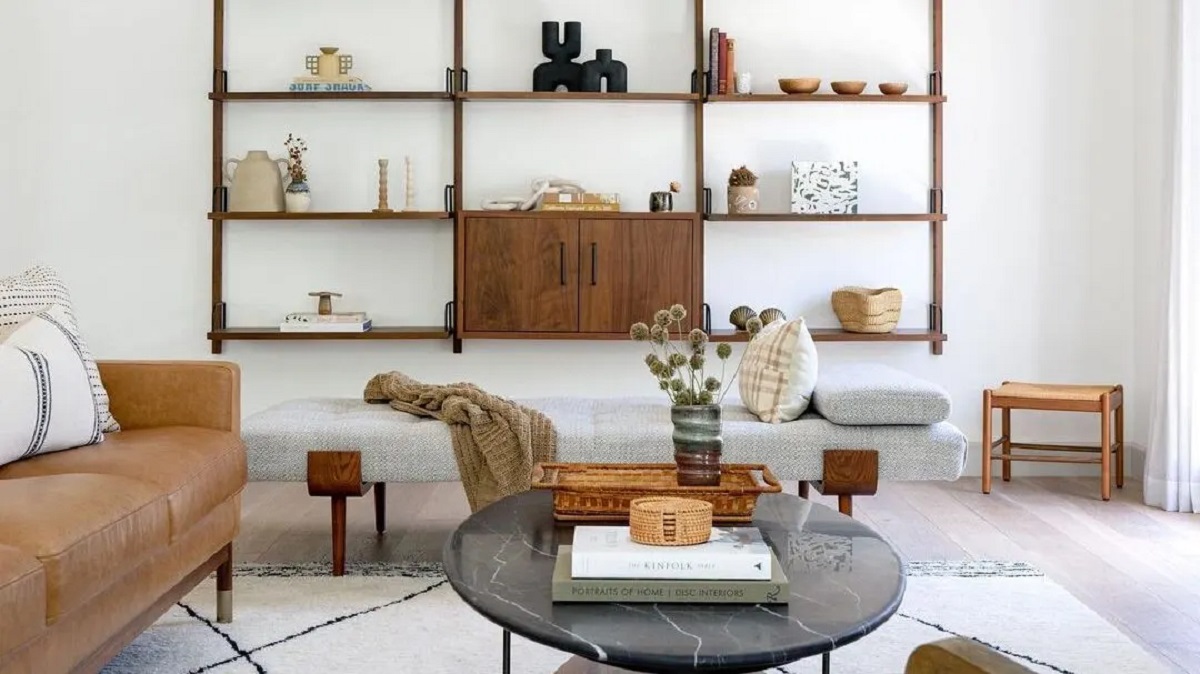
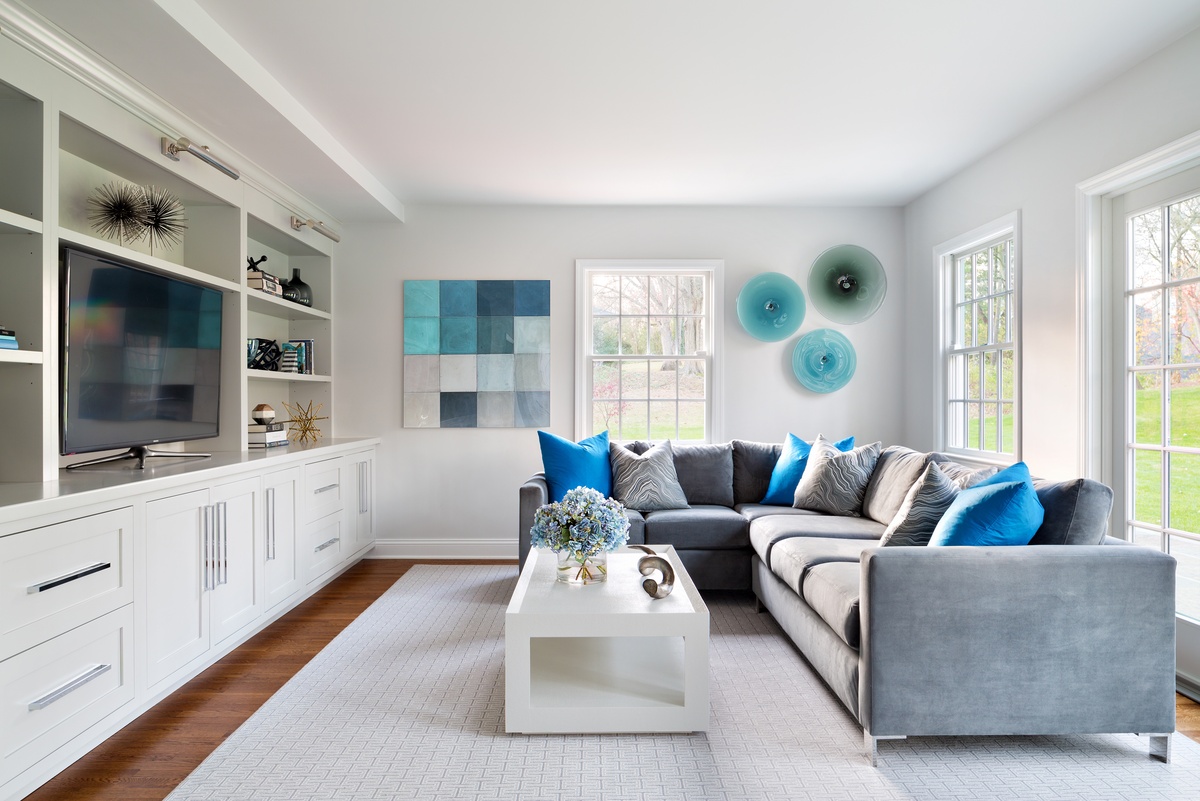
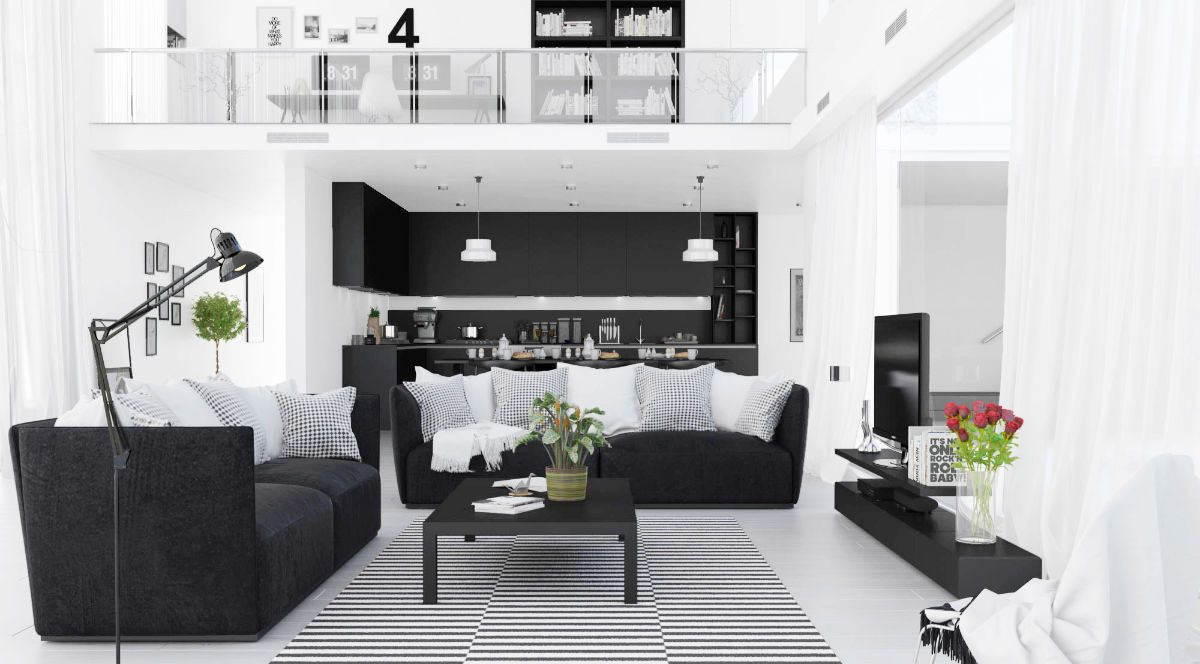
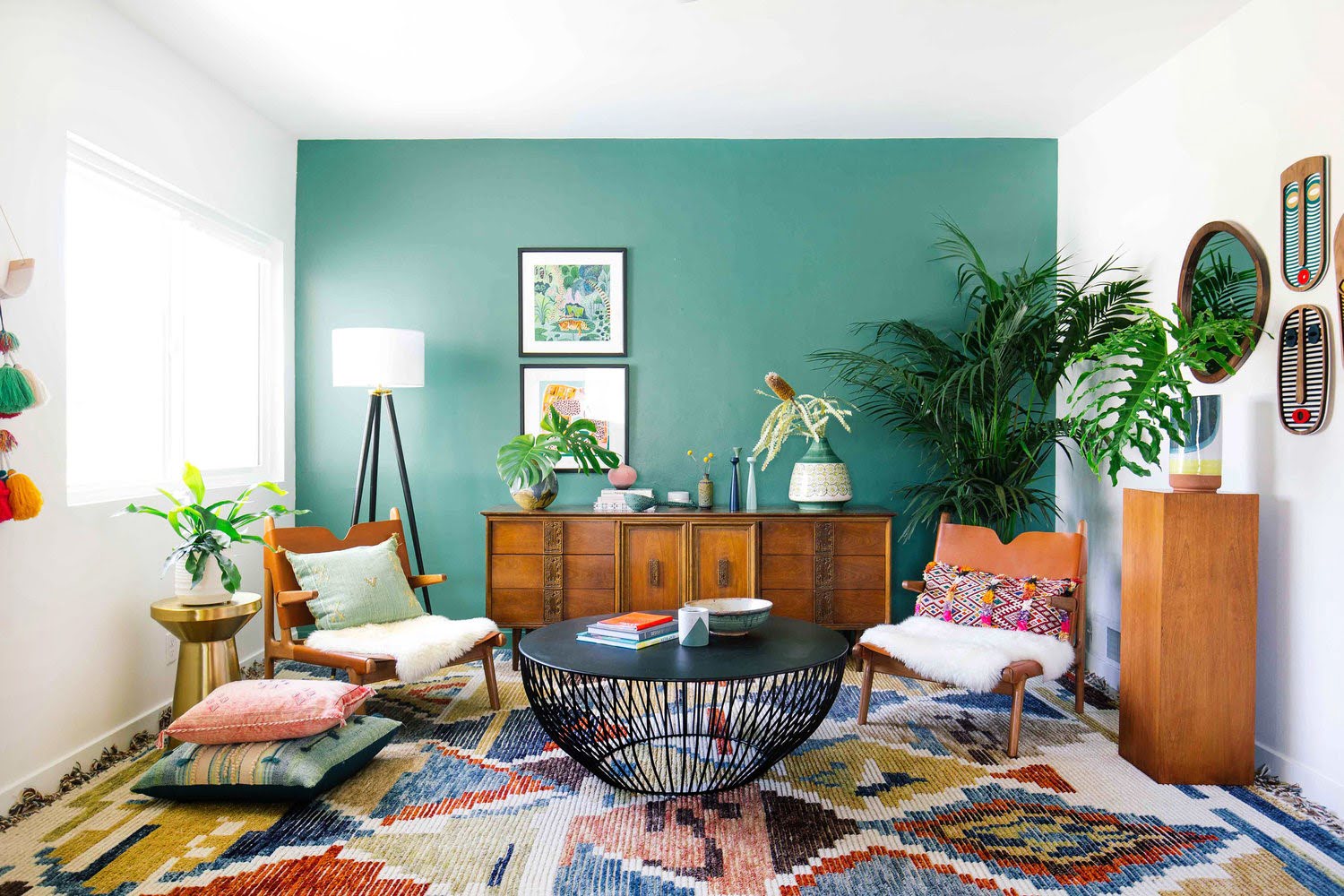
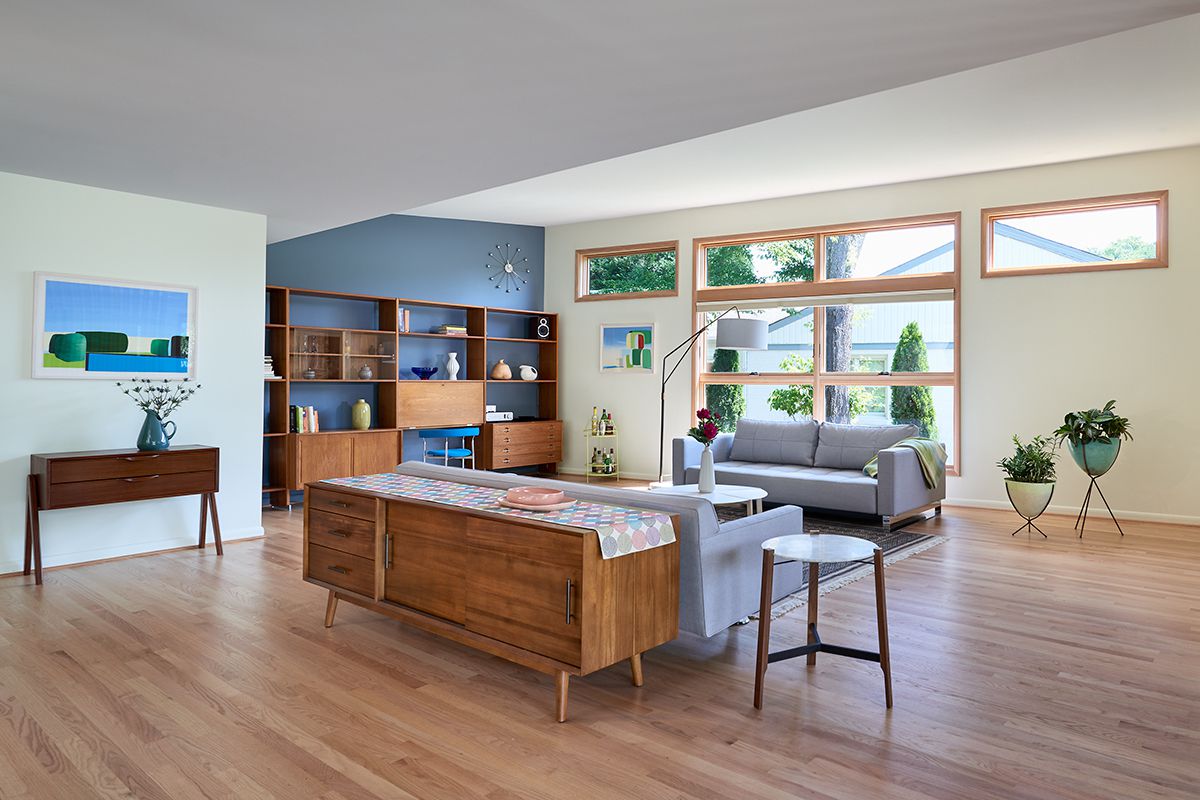
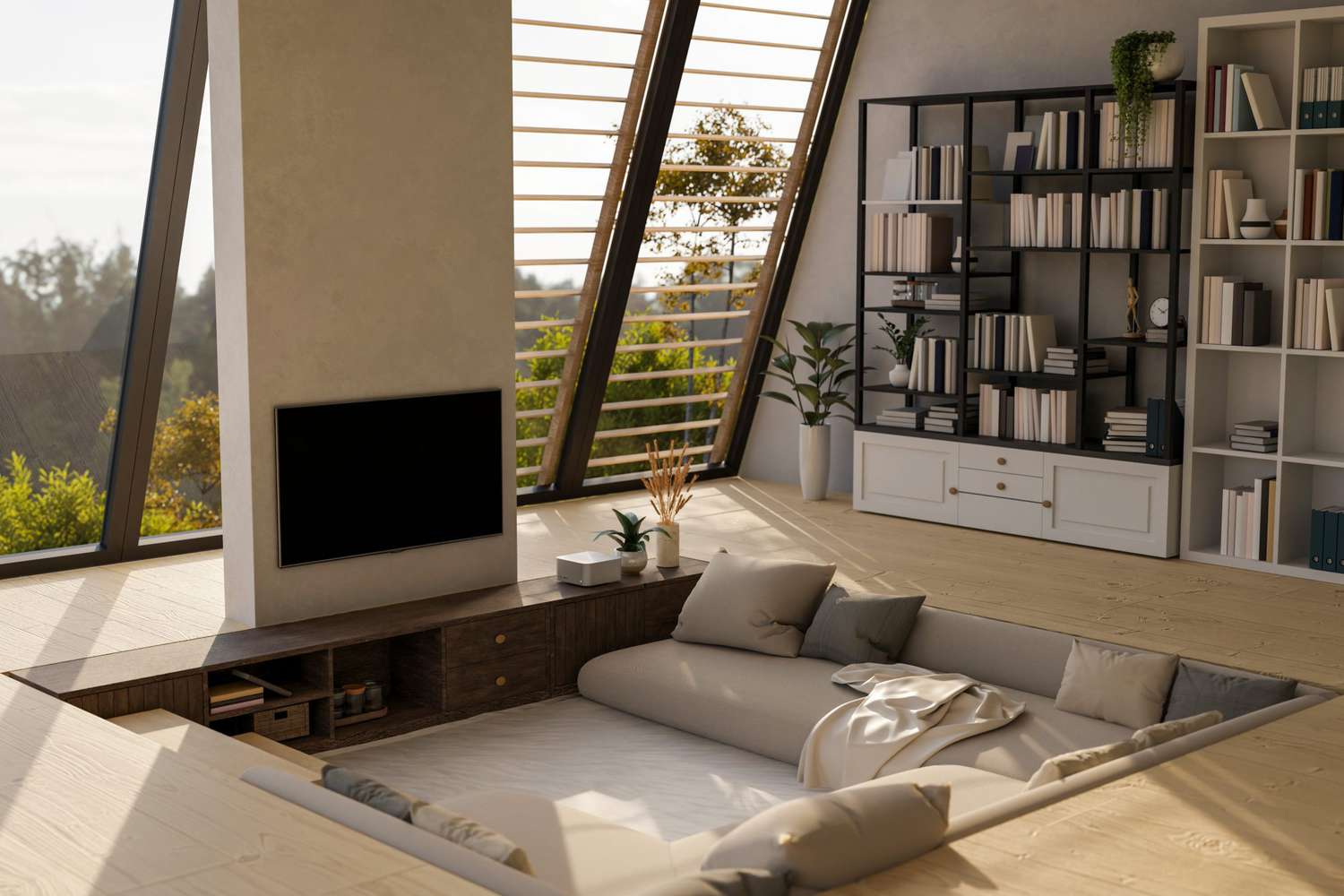

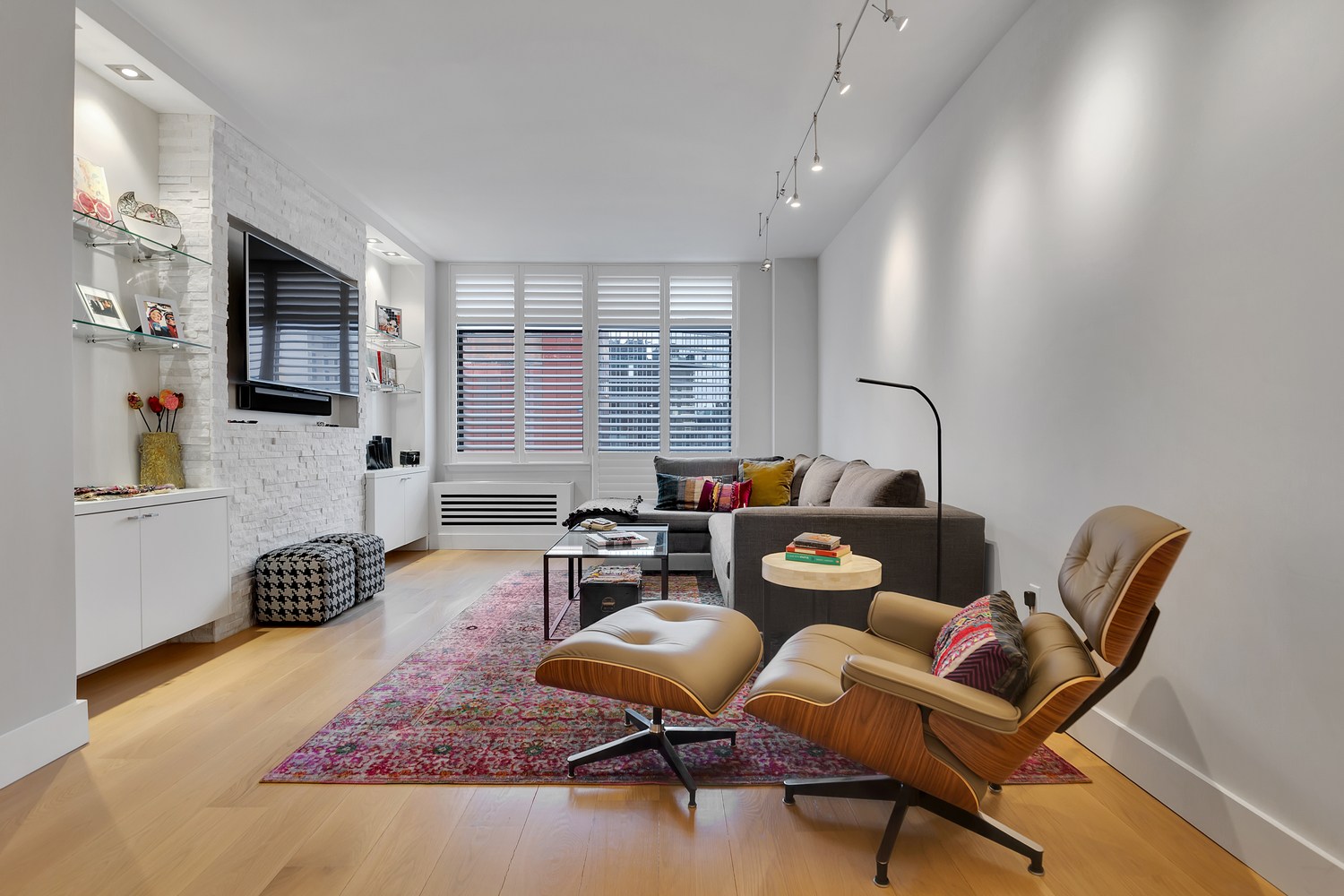
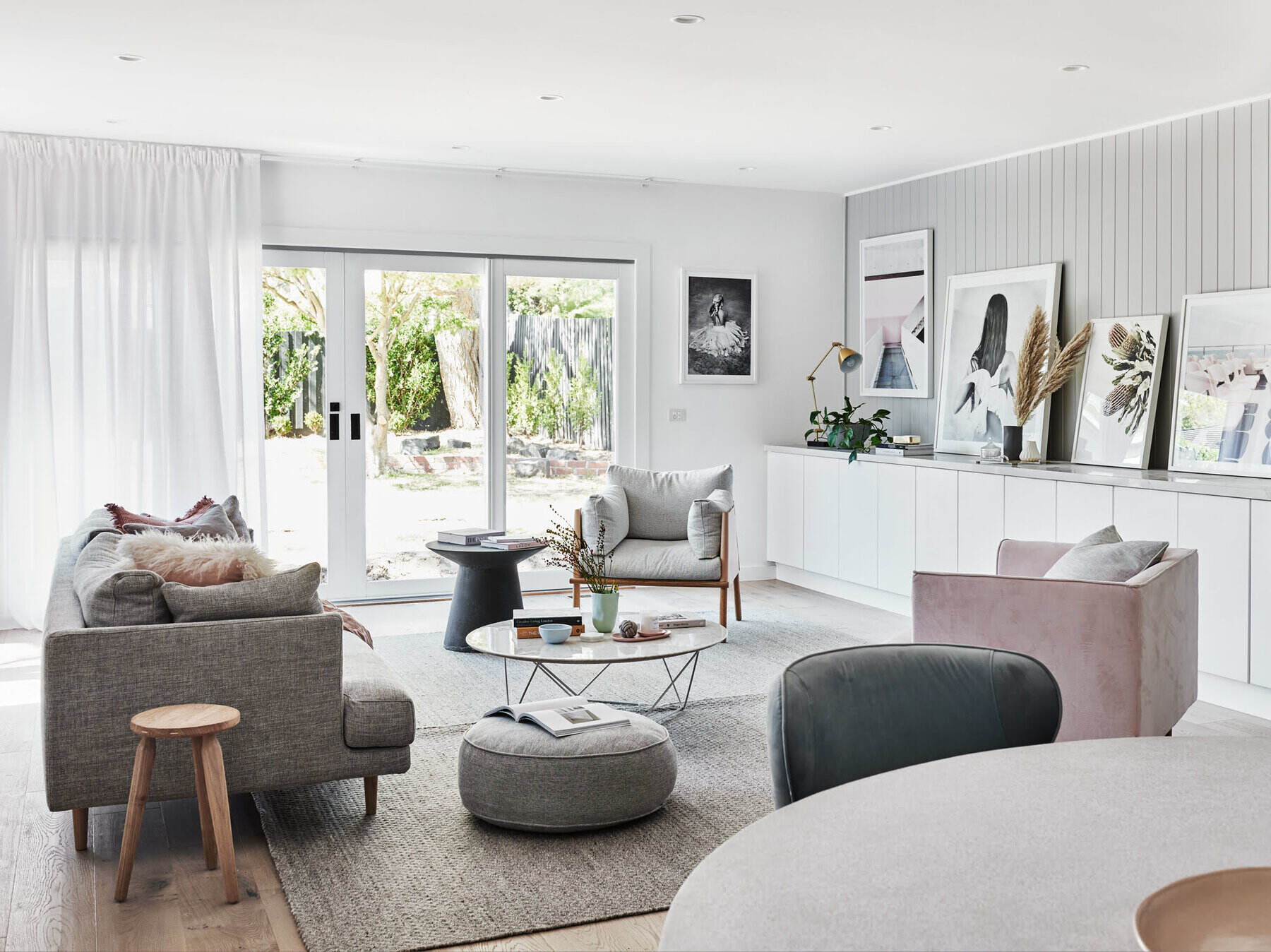
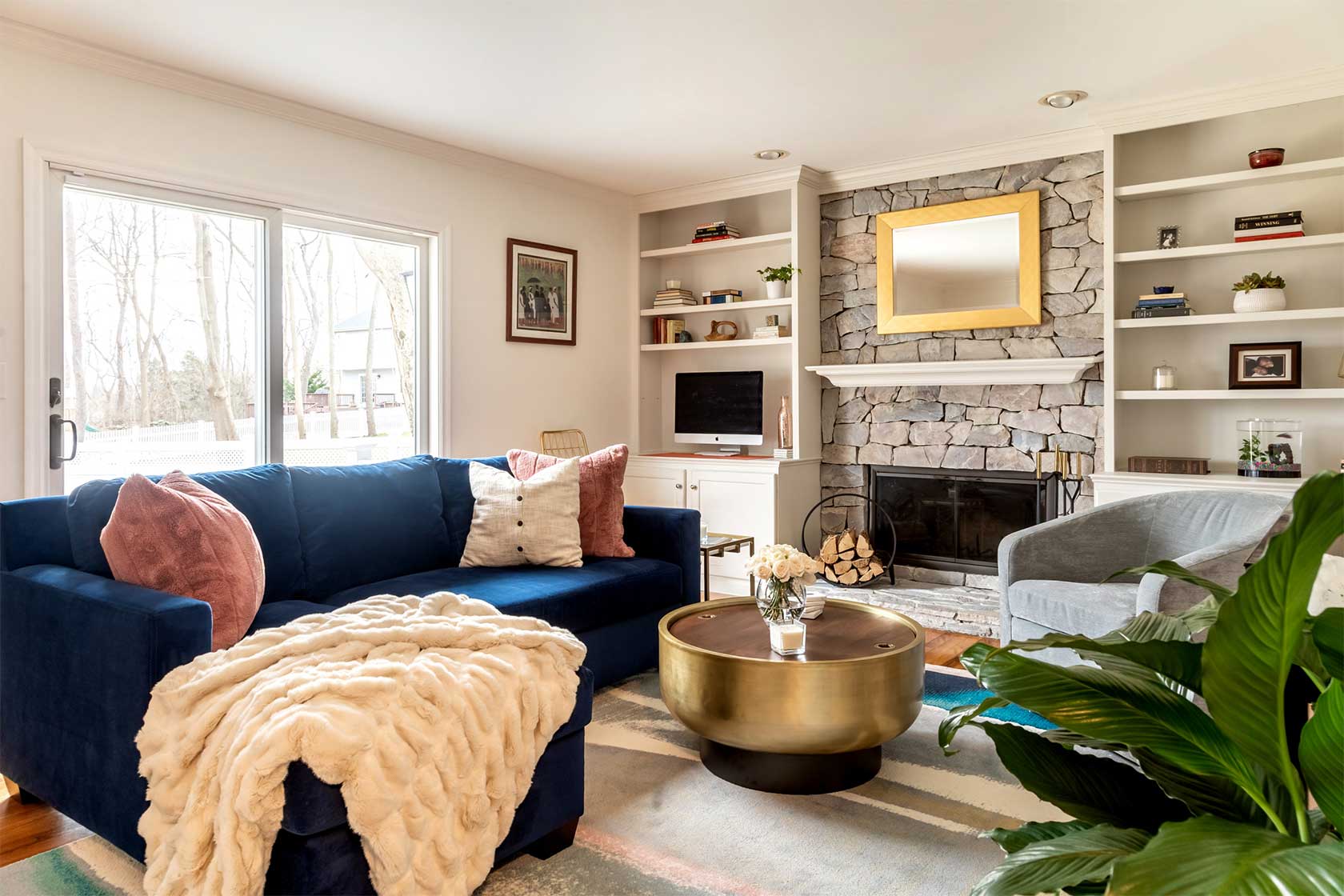
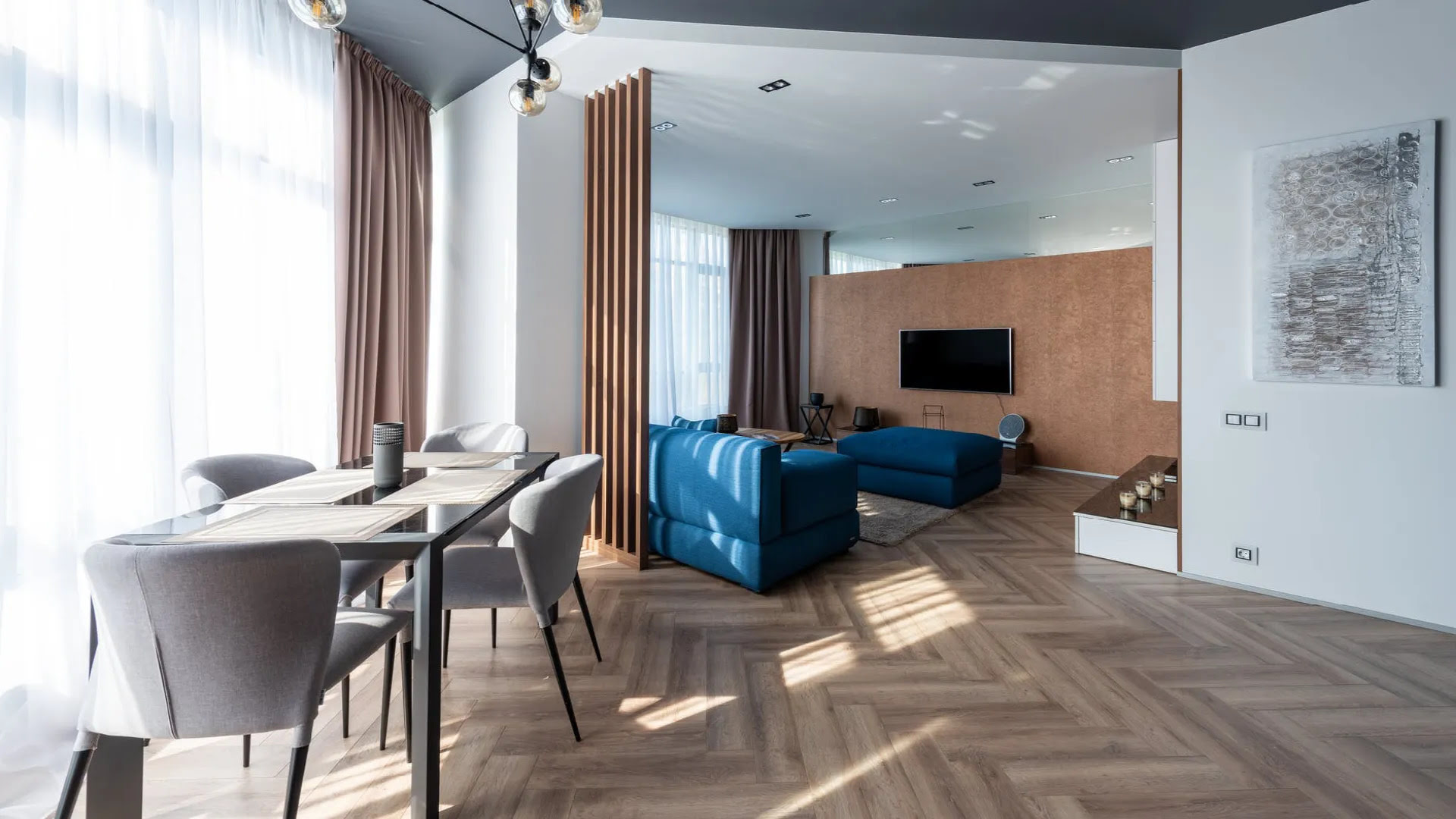

0 thoughts on “White Living Room Ideas: 16 Designs For A Simple Scheme”